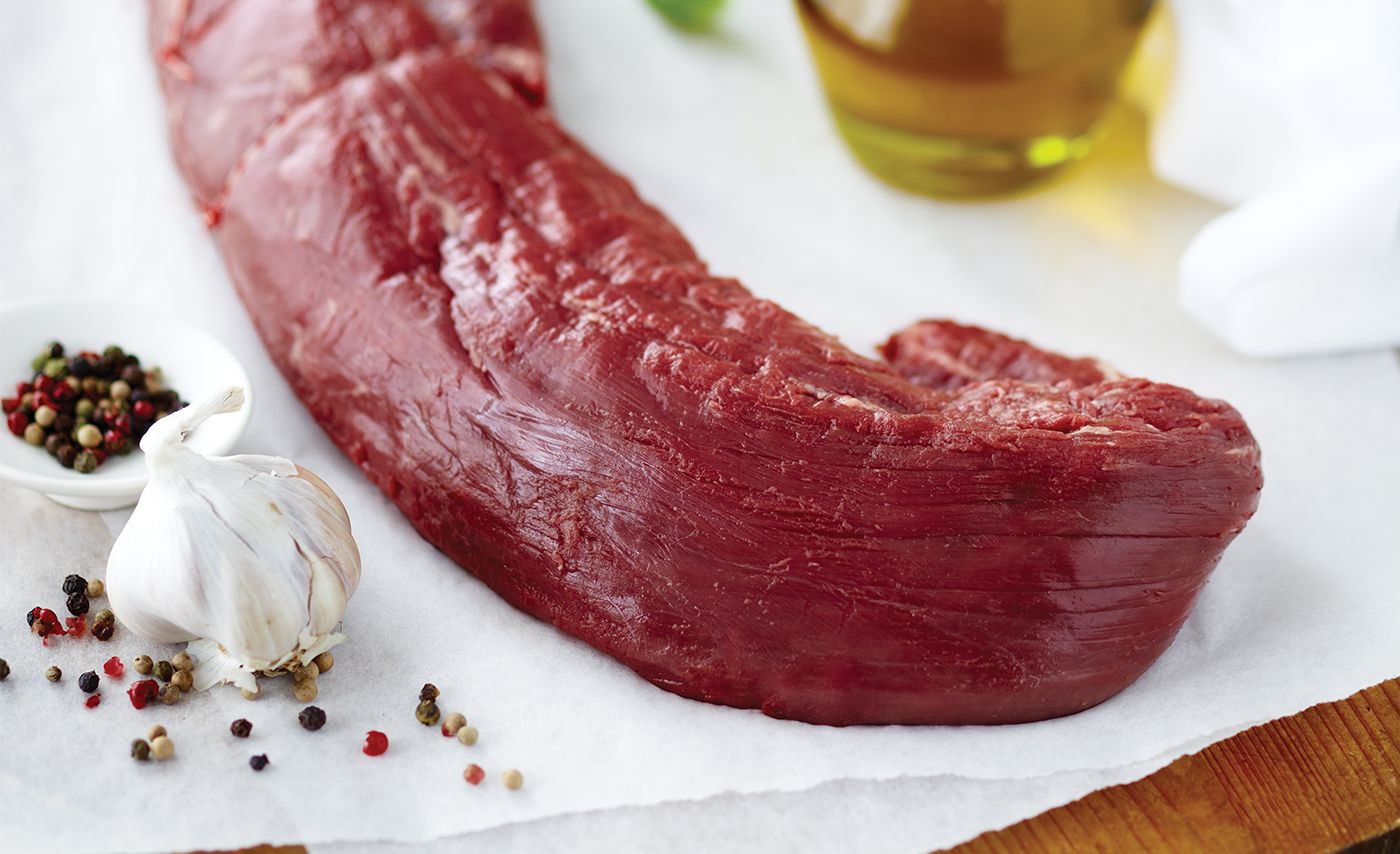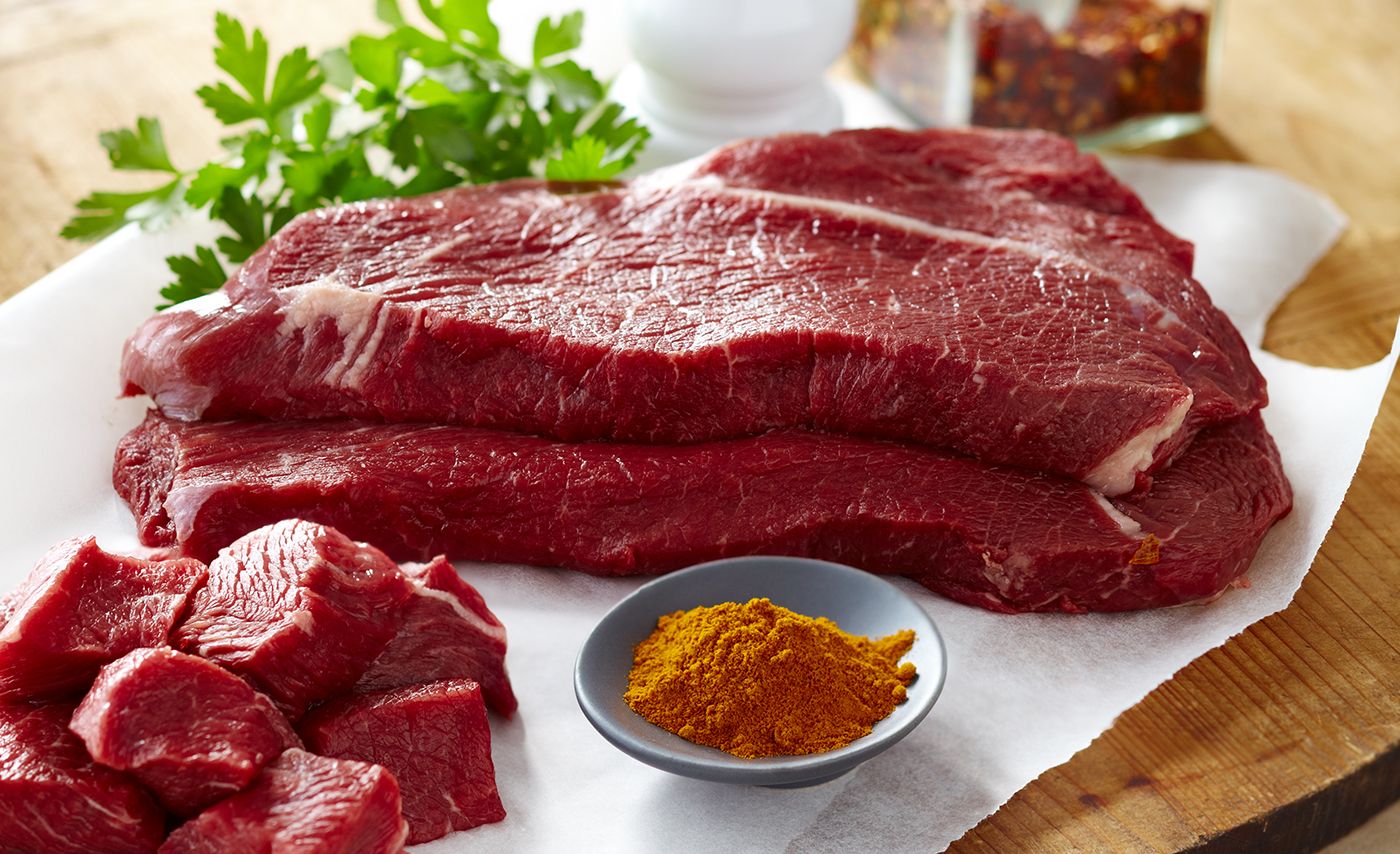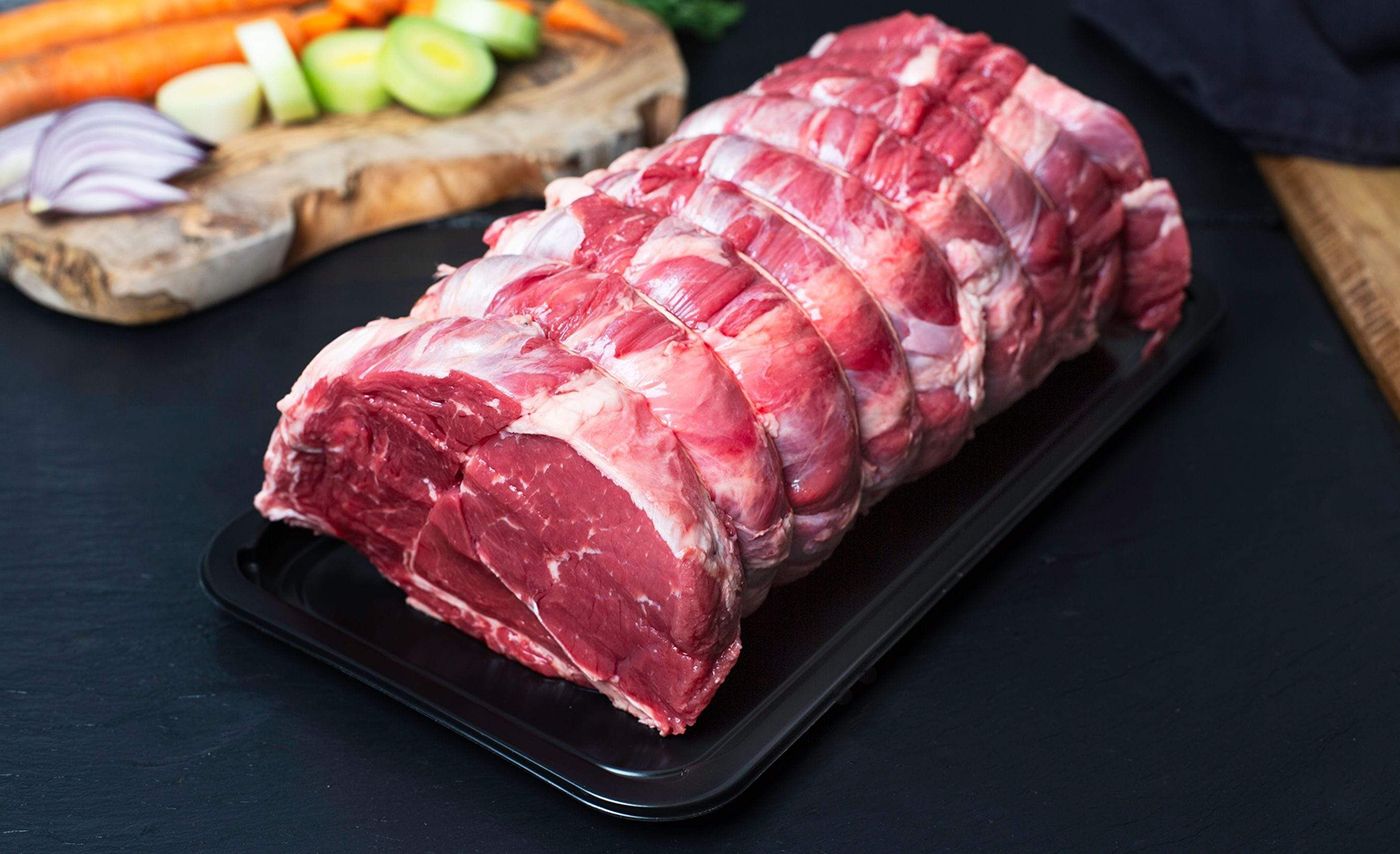Learn
| Ingredients | How to cook a whole beef eye fillet
How to cook a whole beef eye fillet

Arguably the king of beef cuts, the whole eye fillet is tender and flavoursome and sure to impress at any special occasion.
The cut
Eye fillet is an oblong-shaped cut that spans between the short loin and the sirloin. It sits beneath the ribs next to the back bone and does very little work, ultimately making it an incredibly tender and succulent cut. It can be roasted whole or cut into steaks.
How to cook
Best cooking methods – BBQ, Roast
Eye fillet has a thin membrane called silverskin which needs to be removed if your butcher has not already done so. Use a sharp knife to carefully remove all the membrane. If left on, it will shrink during cooking causing the fillet to curl up.
For even cooking and attractive presentation, the meat should be as uniform as possible and tying the fillet, called ‘trussing’, is the key. Using individual pieces of kitchen twine, tie the joint firmly at 4-5 cm intervals, spaced evenly between each truss. Tuck the thinner tail of the fillet underneath and tie in place.

Nutritional information
Summary:
- Good source of Protein
- Good source of Vitamin B12, Zinc, Niacin (Vitamin B3), Phosphorus
- Source of Iron, Omega-3 Fatty Acids, Potassium, Pantothenic Acid (Vitamin B5), Riboflavin (Vitamin B2) and Vitamin B6
- Low Sodium
Nutrient Composition:
Eye Fillet, Lean, Fast-Fried (per 100g)
- Energy: 833kJ
- Energy: 199kcal
- Protein: 29.4g
- Total Fat: 9.0g
- Saturated Fat: 3.62g
- Polyunsaturated Fat: 0.37g
- Omega 3: 0.16g
- Monounsaturated Fat: 2.66g
- Cholesterol: 80.8mg
- Sodium: 45mg
- Iron: 3.01mg
- Zinc: 3.34mg
- Vitamin B12: 1.97ug
- Vitamin D3: 0.20ug
- 25-OH Vitamin D3: 0.17ug
- Selenium: 5.7ug
Consider nutrition information of other ingredients added while cooking.
Source: www.foodcomposition.co.nz/search/food/M1085/full-grouped








